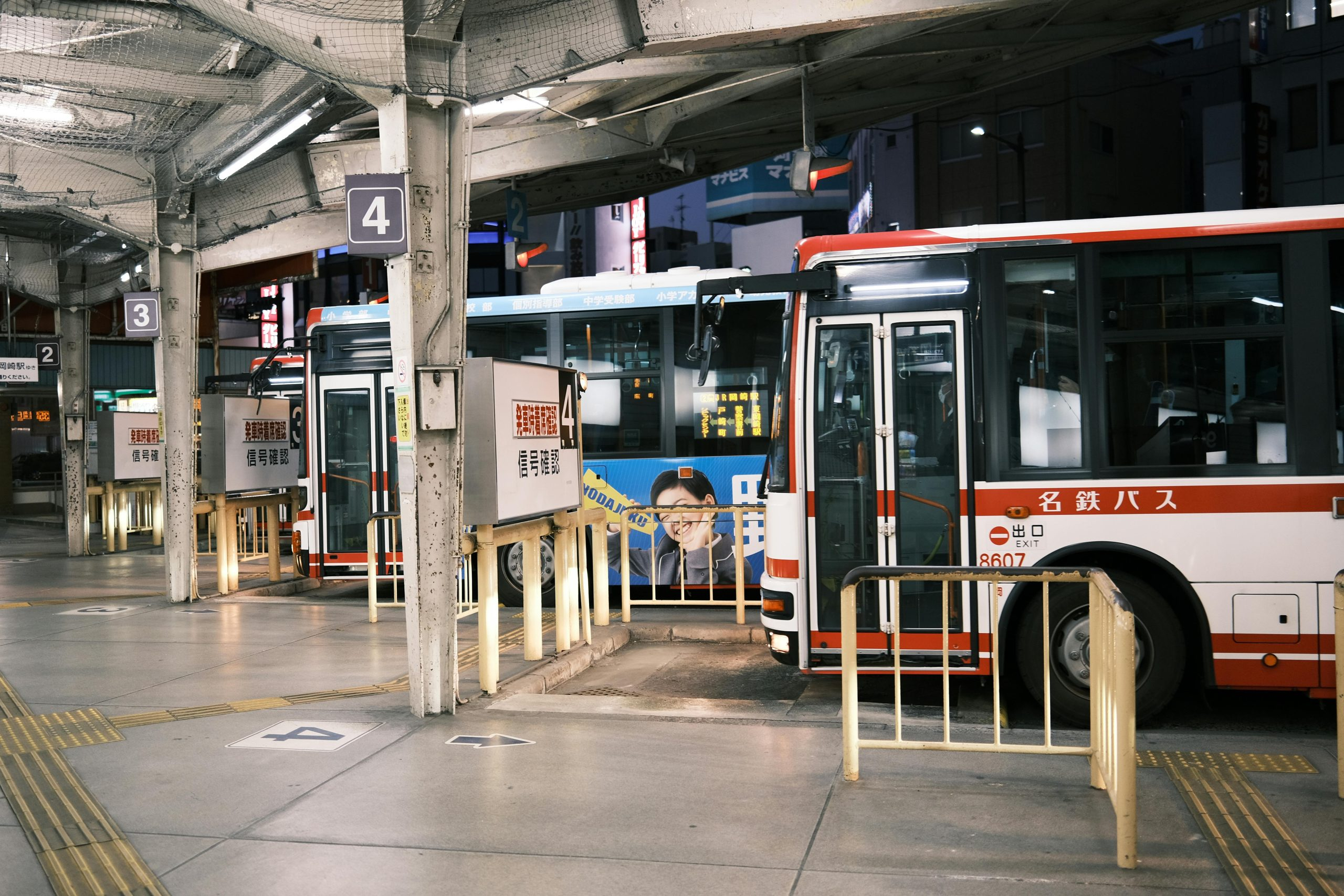How Autonomous Buses Are Shaping Public Transit
In recent years, autonomous vehicles have become a hot topic in the transportation industry. While self-driving cars have garnered most of the attention, autonomous buses have also made significant strides in shaping the future of public transit. These intelligent, driverless buses have the potential to revolutionize the way we travel, making it safer, cheaper, and more efficient. In this article, we’ll delve into how autonomous buses are already changing the face of public transit and what we can expect in the future.
The Rise of Autonomous Buses
Autonomous buses, also known as self-driving or driverless buses, are equipped with advanced sensing and navigation technologies that enable them to operate without human intervention. They use cameras, lidar, radar, and GPS systems to detect and respond to their surroundings, navigate through traffic, and avoid collisions. This technology, combined with artificial intelligence and machine learning algorithms, allows these buses to make smart decisions and adapt to different road conditions.
The first successful demonstration of an autonomous bus was by Mercedes-Benz in 2016, with their Future Bus concept in Amsterdam. The bus successfully traveled 20 kilometers on a designated lane, passing through traffic signals and avoiding obstacles. Soon after, companies such as Navya, EasyMile, and Local Motors joined the race, with their own versions of self-driving buses.
The Benefits of Autonomous Buses
Improve Safety
One of the main advantages of autonomous buses is their potential to significantly reduce accidents and fatalities. With human error being one of the leading causes of road accidents, the removal of a driver from the equation could potentially save thousands of lives. Furthermore, autonomous technology is not prone to conditions that may impair human drivers, such as fatigue, illness, or distractions from electronic devices.
Reduce Costs and Increase Efficiency
Autonomous buses have the potential to cut down operational costs for transit agencies. Without the need for a driver, these buses can operate for longer hours, reducing labor costs and ensuring a higher frequency of service. Additionally, their integration with GPS technology and real-time data collection enables them to adapt to traffic conditions, taking the most efficient routes and reducing travel time for passengers.
Improve Accessibility and Inclusivity
Another significant benefit of driverless buses is their potential to improve accessibility for disabled and elderly individuals. With the elimination of driver-related tasks, these buses can offer a smoother travel experience, with ramps for wheelchair users and audio announcements for visually impaired individuals. This creates a more equitable and inclusive transportation system for all members of society.
The Impact on Public Transit
The introduction of autonomous buses has the potential to transform public transit systems all over the world. With the growing population and urbanization, public transportation networks are under increasing pressure to provide efficient, affordable, and sustainable travel options. Autonomous buses can help meet these demands by improving safety, reducing costs, and increasing accessibility.
These buses could also play a significant role in reducing traffic congestion, especially in highly populated areas. With real-time data collection and integration with other modes of transportation, such as ride-sharing services and bike-sharing programs, autonomous buses can offer a seamless and integrated travel experience for commuters.
The Future of Autonomous Buses
While autonomous buses have shown great potential in transforming public transit, there are still many challenges to overcome before they become a mainstream option. The technology is still in its early stages and requires extensive testing and development to ensure safety and reliability. Additionally, there are legal and ethical concerns to address, as well as the need for infrastructure changes and public acceptance.
With that being said, the future looks promising for autonomous buses. Companies and researchers are continuously working to improve the technology and address any issues that may arise. Moreover, governments and transit agencies are exploring ways to integrate these buses into their transportation networks for a more efficient and sustainable future.
Conclusion
Autonomous buses are slowly but surely shaping the future of public transit. With their potential to improve safety, reduce costs, and increase accessibility, they have already made a significant impact on the transportation industry. While there are still challenges to overcome, the benefits of this technology are undeniable, and we can expect to see a more connected, efficient, and sustainable public transit system in the years to come.










